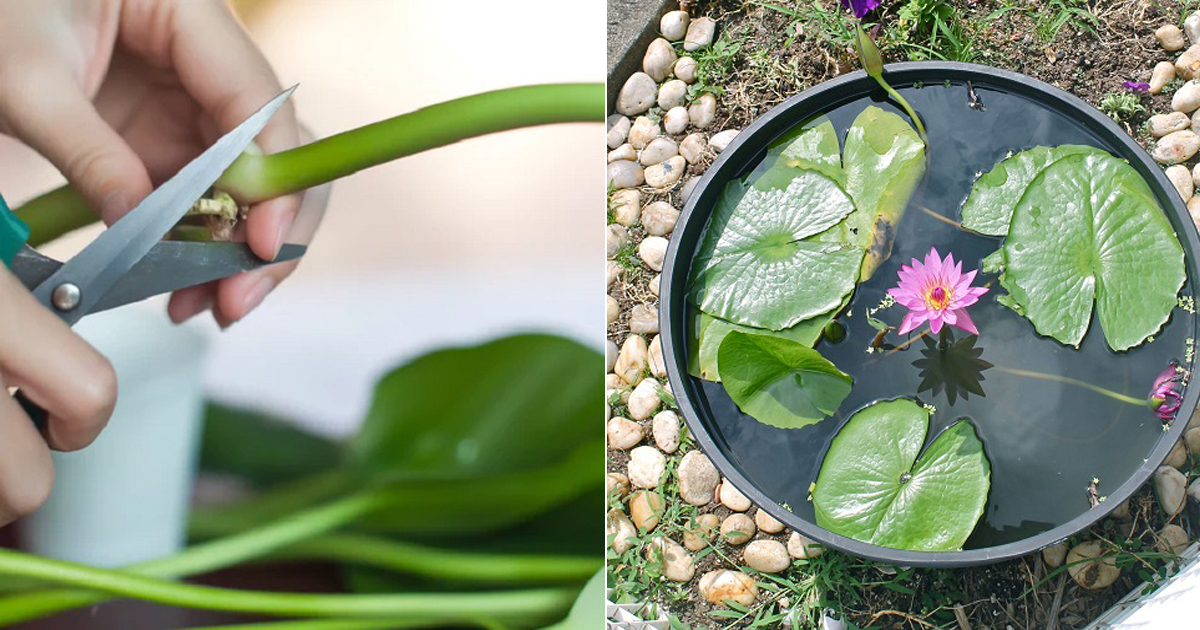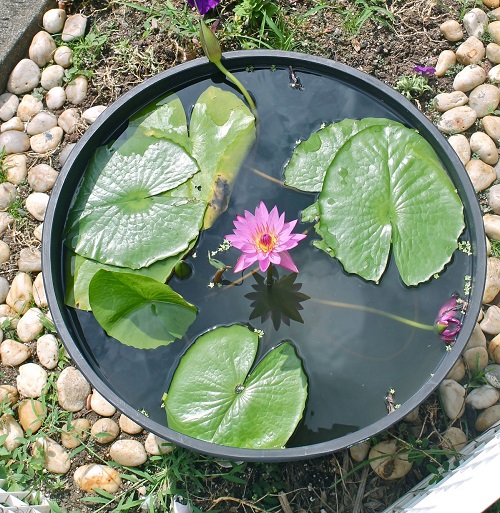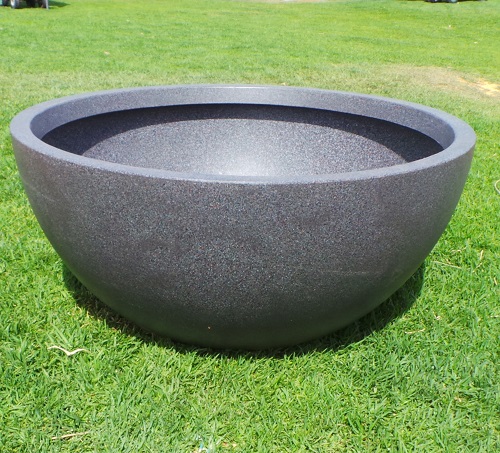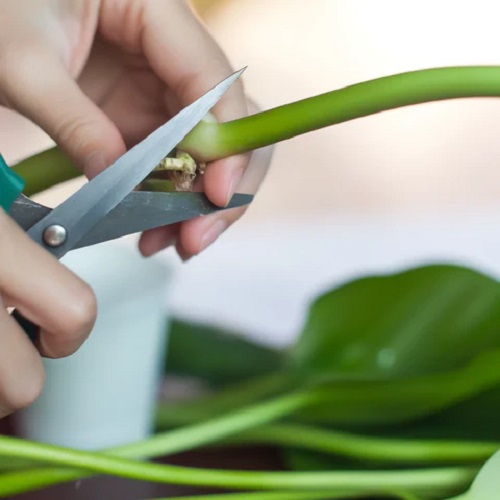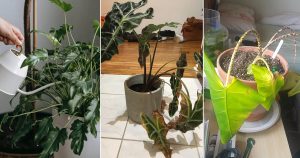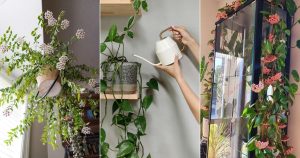Learn How to Grow Water Lilies with this detailed guide and bring this pond plant into your home or garden, even in small areas.
Did you know that Water Lilies succeed almost equally well in every condition? Few garden plants thrive in every type of soil or climate, whether East, West, North, or South, as do these gorgeous blossoms that everyone can easily grow in their garden.
Water Lilies are so easily grown, even by those who have had no previous experience, that following these simple directions will make your pond a most interesting part of your garden. In fact. Water Lilies are easier to grow than common garden plants. It is not necessary to drain the pond at all during the growing season, simply adding water to replace evaporation.
Propagating Water Lilies
Dividing water lilies can be a messy job, especially if they have stayed in water over winter. In early spring, take the whole plant out of the water and out of its pot. Use a sharp knife to cut the rhizome into pieces. Each piece should have at least two eyes (growing points) and some new growth. Plant each piece right away in its own pot. Throw away any old, hard parts of the rhizome.
If the rhizome was taken out for winter or hasn’t been planted yet, cut it into 2- to 3-inch pieces with at least one eye. Place the pieces in a jar of water. They should start to sprout in a few days. For each sprouted piece, fill a small pot (without drainage holes) partway with soil. Set the piece in the pot with the sprout facing up. Add more soil, but don’t cover the sprout. Fill the pot with water just up to the sprouted area, but don’t let it go under. Place the pot in a bright spot until the leaves grow.
Tropical Water Lilies: These should be planted upright as they are shipped as growing, potted plants. Just cover the ball with soil. Do not allow the leaves to wither, or the plant will be severely damaged. Fill the pond before planting.
When to Plant
Hardy Water Lilies may be planted from February on in the Southern and Pacific Coast States. In the Middle West and East, April is early enough. In the Northern States. Planting may be continued throughout the late spring and summer with great success. In mild climates, Hardy Lilies may be planted almost year-round. Tropical Lilies should not be planted until the weather is settled and warm, with an average temperature of 70°F. May in warm regions and late May or early June farther north.
Container Size
They should be at least 15 inches square and 12 inches deep. Containers 18 to 24 inches square give better flowers. Made of pine wood, they will last 20 years. Remember, the larger the pot, the more flowers and finer they are.
Fill the pot about two-thirds full with regular garden soil or soil meant for water plants. Don’t use light potting mixes with perlite, vermiculite, or peat—choose heavy soil instead. Place the rhizome near the edge of the pot, with its growing tip pointing up and toward the center at a 45-degree angle. Cover it with soil, leaving just the tip showing. Then, add a layer of small rocks or pea gravel on top to keep the soil from moving.
Gently lower the planted pot into the pond or tub at a slant so any trapped air can escape. Place the pot so its bottom sits 12–16 inches underwater. If your plant already has leaves growing, set the pot higher at first, so the leaves are only 6–8 inches below the water. After a few days, once the leaves reach the surface, you can move the pot down to its final depth of 12–16 inches.
Requirements for Growing Water Lilies
Light

Most water lilies need at least six hours of direct sunlight each day to bloom. Some types can flower with just four to six hours of partial sunlight, but they won’t bloom at all in deep shade.
Soil
Use loam or clay soil to fill the water lily’s pot before placing it in the water. Don’t use light potting mixes.
Water
When the tank or container loses water, refill it with spring water or distilled water that has been warmed to room temperature. The top of the plant’s basket should stay at least 12 inches underwater. If you need to use tap water, let it sit out for 24 hours first so the chlorine can disappear.
Temperature and Humidity
Hardy water lilies can grow in many different climates. Ask a plant seller which types grow best in your area.
Tropical water lilies need warm water, between 70°F and 75°F. They will die if the water gets colder than 60°F.
Fertilizer
During the growing season, feed the plants every month or two using aquatic fertilizer tablets. Follow the instructions on the package for best results and beautiful blooms.
Pruning
Water lilies may need regular care to remove leaves that start to turn yellow or die.
Potting and Repotting a Water Lily
Water lilies will grow as big as their pot allows. You don’t need to repot them unless you want them to grow bigger.
Pests
Water lilies can get aphids. If you see them, push the leaves underwater for a few days to drown the bugs. They can also get beetles that chew holes in the leaves. To get rid of them, spray the leaves with water or pick the beetles off by hand and drop them into a jar of soapy water.
Overwintering
Empty the water out, then fill the tub full of leaves or straw, covering the tub closely with boards to keep out the rain. Cover all over thoroughly with litter for further protection.
Common goldfish are hardy in natural ponds. Be sure and break the ice frequently to keep the water fresh. It is best in small ponds to remove fish to the basement, keeping them in tubs.

